- Sharad Chandra Adhikary, a PR veteran who has also worked with Nepal’s anti-corruption commission, now serves as member secretary of the National Trust for Nature Conservation, an organization that works with the government of Nepal.
- The NTNC manages some of the most important conservation areas across Nepal to protect biodiversity, focusing on activities inside protected areas, research by wildlife expert scientists, and helping the government formulate conservation policies.
- The organization works with local communities trying to bring a balance between the local Nepali people’s aspiration for development and keeping the ecological integrity of the areas, encouraging local entrepreneurs in tourism.
KATHMANDU — The National Trust for Nature Conservation was set up in 1982 as a semi-governmental body to spearhead conservation activities in Nepal. Today, it manages some of the most important conservation areas across the Himalayan nation, including the Annapurna Conservation Area, known for its world-famous trekking trail, the Manaslu Conservation Area, home to the world’s eighth-highest peak, and Central Zoo in Kathmandu.
Staffers, technicians and researchers from the NTNC, as the trust is known, also work in key protected areas such as Chitwan and Bardiya national parks, famed for their populations of Bengal tigers (Panthera tigris) and greater one-horned rhinos (Rhinoceros unicornis).
In December 2020, the government appointed Sharad Chandra Adhikary, a PR veteran who has also worked with Nepal’s anti-corruption commission, as member secretary of the NTNC. Mongabay’s Abhaya Raj Joshi spoke with Adhikary in Kathmandu recently about the challenges of managing community-based conservation areas in Nepal, the importance of tourism revenue for both conservation and development, and tackling the long-running issue of human-wildlife conflict.
The following interview has been translated from Nepali and lightly edited for clarity and style.
Mongabay: Whenever we talk about the NTNC, we say that it’s a semi-governmental body. What does this mean at the operational level? What is its relationship with the government?
Sharad Chandra Adhikary: We are not an NGO. We are, in a way, a government entity as we were established through a legislative act, and the prime minister is our patron. We make plans and programs to implement the government’s visions and plans, but we don’t receive regular funding from the government. However, our accounts are audited by the Office of the Auditor General every year.
Our mandate is different from the Department of National Parks and Wildlife Reserves, which is a government entity we work closely with. The department is focused on activities inside protected areas.
When the NTNC was established it was known as the King Mahendra Trust for Nature Conservation. However, with the establishment of a republican setup in Nepal, its name was changed, but the work remains the same: to protect biodiversity.
Our wildlife expert scientists are involved in various research across the country. We help the government formulate policies and make it aware of different conservation-related challenges and issues. That’s why the NTNC has had an important role to play in the conservation success Nepal has achieved in the past few decades.
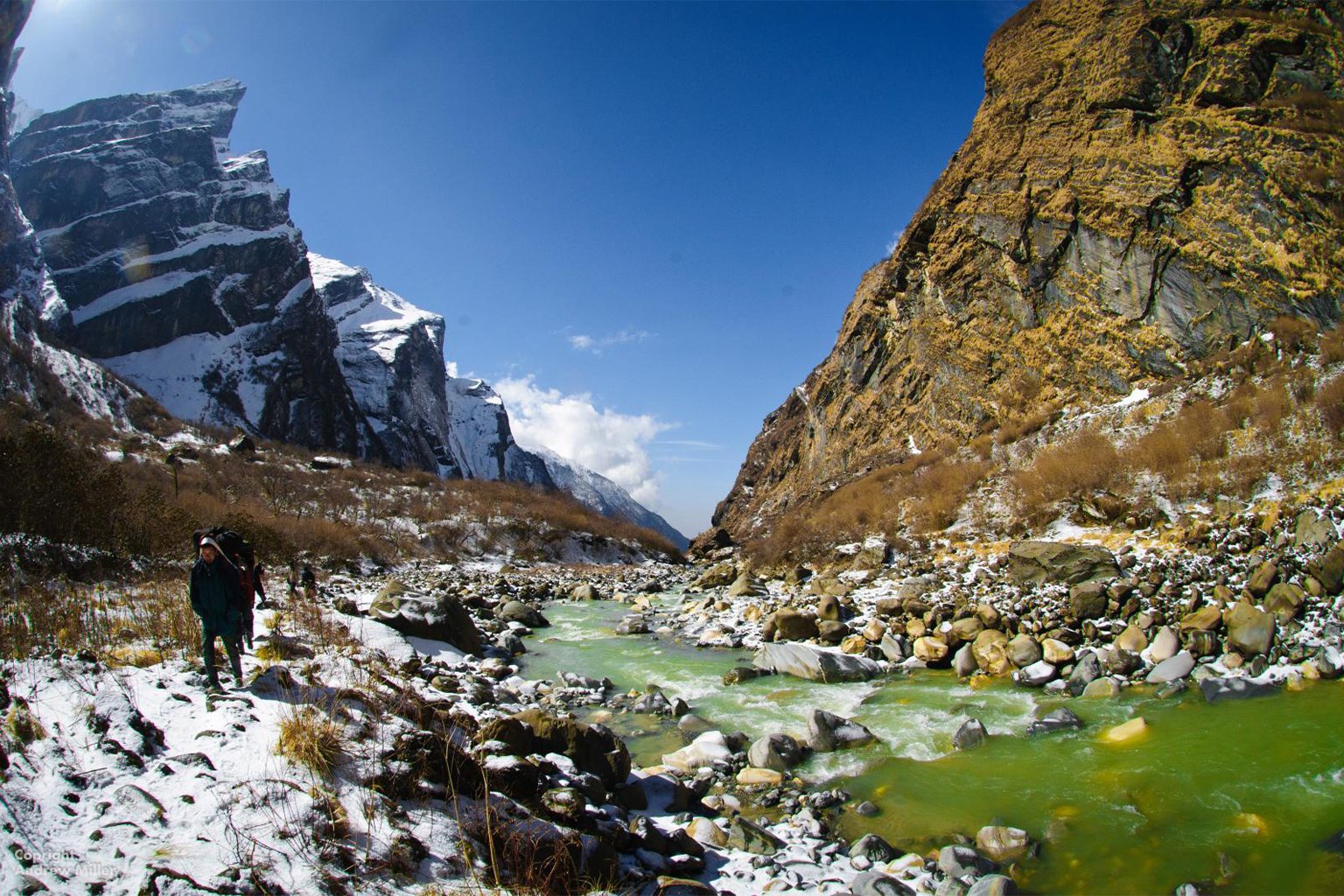
Mongabay: Nepal has adopted two strikingly different models for managing biodiversity hotspots. While areas such as Chitwan and Bardiya in the southern plains have been designated protected areas and the army’s soldiers patrol them regularly, areas such as Annapurna and Manaslu have been classified as conservation areas. In these conservation areas, locals continue to go about their daily lives. The NTNC has been involved in the management of three such conservation areas. What is the main challenge for these areas?
Sharad Chandra Adhikary: We manage three important protected areas in the mountains, which make up a significant proportion of the protected areas in the country. The Annapurna Conservation Area, which we manage, has shown the world how communities can manage conservation areas.
I think the major challenge we face in community-based conservation areas is in balancing the local Nepali people’s aspiration for development and keeping the ecological integrity of the areas we work in. These days, drivable roads are considered the backbone of development, especially in rural areas, as they ensure connectivity to the market and access to crucial services. But having said that, roads pose a challenge in biodiversity management.
In my opinion, it is high time that the government came up with a vision for, say, the next 100 years about placing a limit on the building of roads. For example, we have pristine lakes such as Rara and Tilicho. Do we want to build roads to these places or not? This is for the government to decide. It needs to decide fast where it wants to build roads and where it wants to aggregate scattered settlements so that the same road can efficiently serve as many people as possible.
Similarly, generating electricity from hydropower is a national priority. However, the government needs to come up with policies to ensure it balances the people’s needs as well as conserves biodiversity.
This is different from the challenges faced by protected areas secured by the army. In such areas, human activities are highly restricted. For example, if a tree falls down, it is allowed to decompose into the soil. But in community-based protected areas, local people make plans to make the most out of its wood.
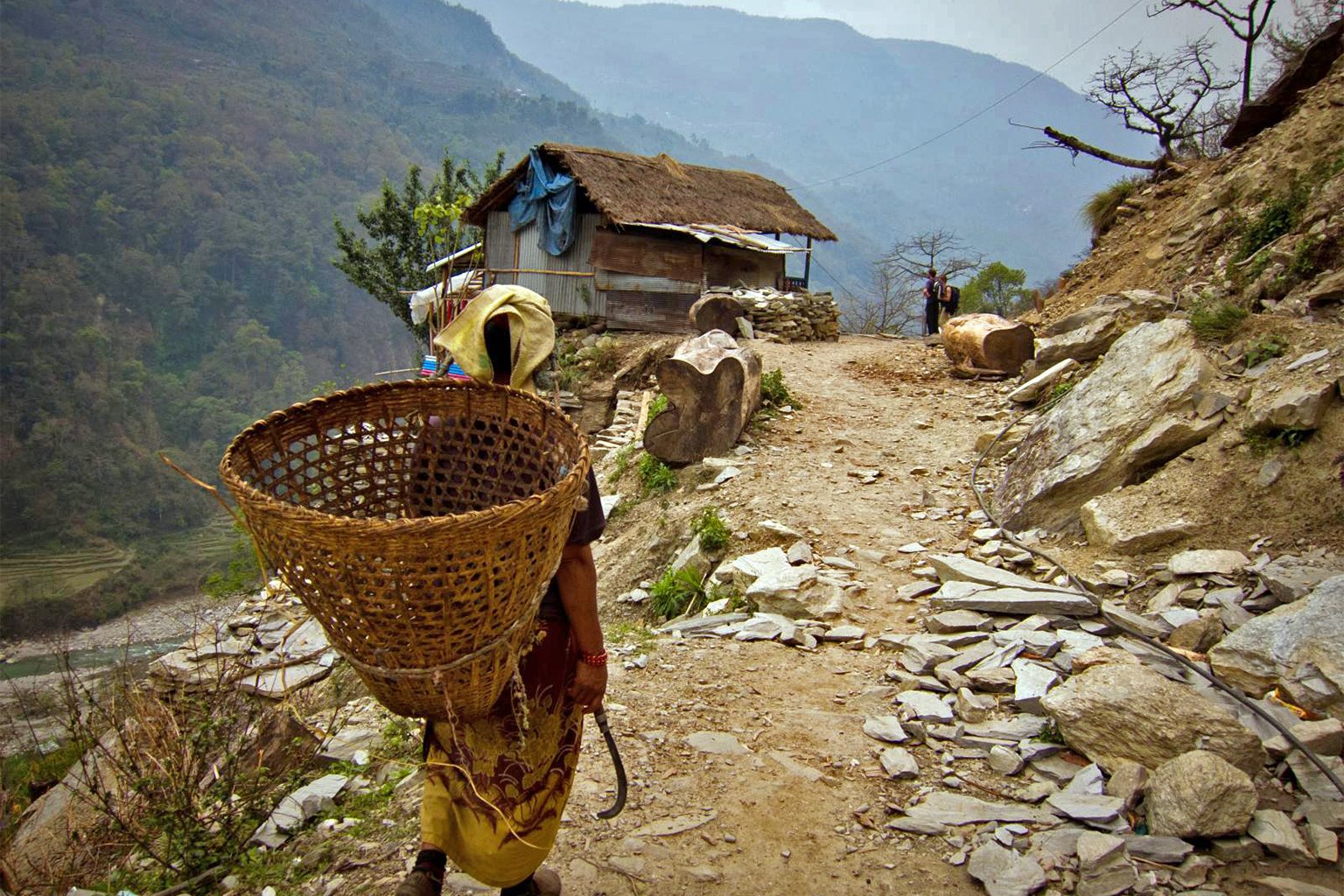
Mongabay: What about the protected areas in the plains?
Sharad Chandra Adhikary: Although we don’t manage protected areas in the plains, we do work with the government and provide technical support through our network of staff. Our observation shows that human-wildlife conflict is the major challenge for conservation in Nepal’s plains. Last year, around 16 people were killed by tigers in Chitwan alone.
In the case of human-tiger conflict, NTNC technicians are not only involved in catching problem tigers, but also in providing relief and compensation to local people affected. When we catch problem animals, we don’t have enough infrastructure to secure them. That’s why we send them to our different facilities such as Central Zoo in Kathmandu. It’s a similar case with elephants and rhinos.
Mongabay: Local people say they don’t know how the trust manages funds, especially the revenue it receives from tourists in entry fees.
Sharad Chandra Adhikary: That’s a very interesting question. I would like to say that we spend all the money we raise through our conservation projects locally. The only thing we set aside from the funds we collect is 15% of the total funds to pay staff salaries. We invest the rest of the amount in building water supplies, ensuring people’s access to clean energy, and making people aware about conservation. But the amount we raise from tourists is not sufficient to fund all of our activities. That’s why we work with different international donors and friendly governments such as Germany, the U.S. and China to secure funds to run our activities.
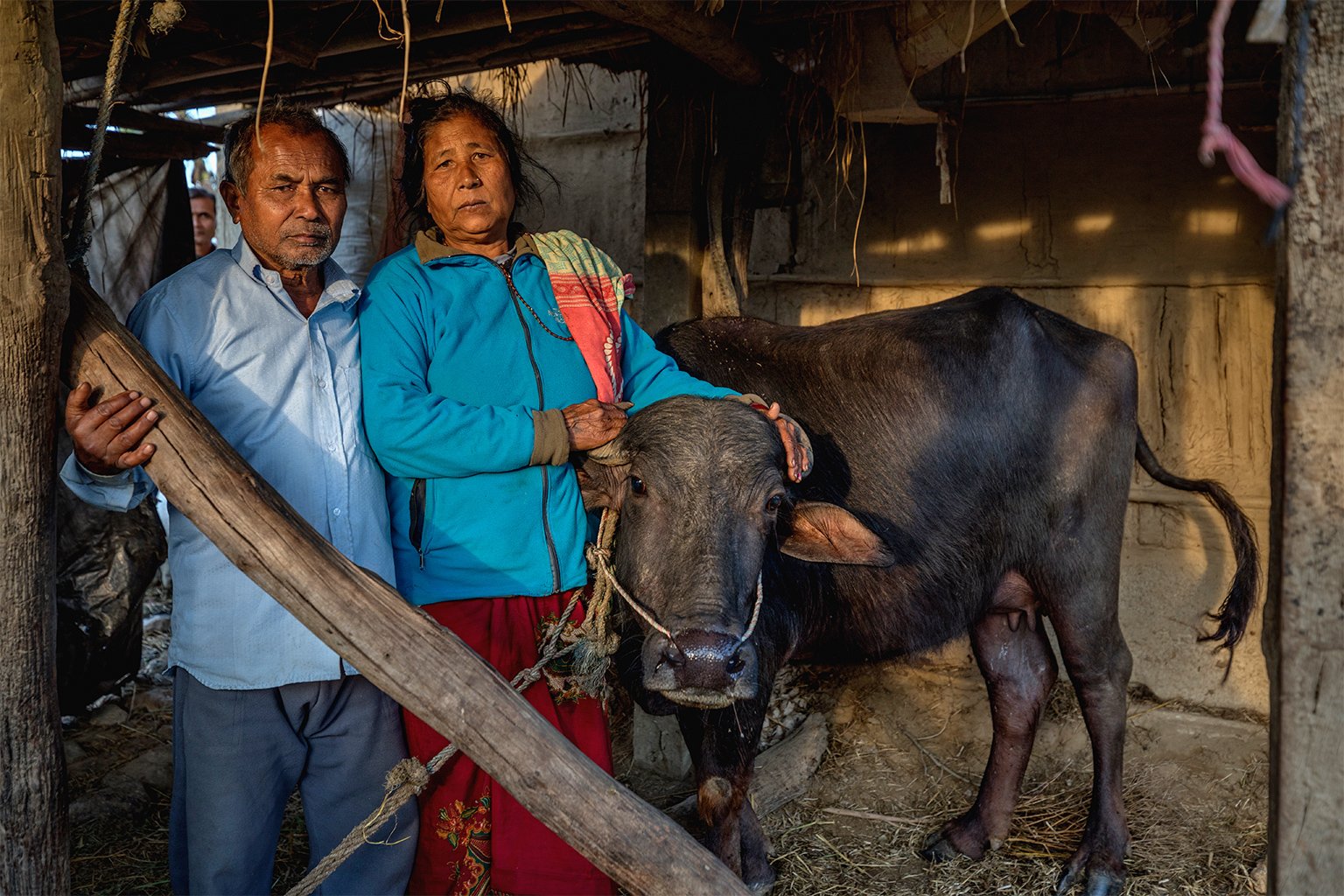
Mongabay: The Annapurna region in Nepal is often seen as an example of how local people can benefit from conservation. Although they’re faced with the grave issue of conflict with animals, local entrepreneurs get to welcome thousands of tourists every day, and this provides a sort of incentive for conservation. But that’s not the case with the Gaurishankar and Manaslu conservation areas.
Sharad Chandra Adhikary: I partially agree with your statement. We indeed invest a lot of energy and resources in promoting Annapurna to the level it finds itself in today. Annapurna has several things going in its favor; its proximity to the tourist town of Pokhara is one. The other is that when we came up with the idea of ACAP [Annapurna Conservation Area Project], local entrepreneurs chipped in to invest in infrastructure such as hotels and teahouses necessary for tourists.
We are working on building tourism products for Gaurishankar and Manaslu as well. But our efforts may not have been adequate. I feel that various departments and agencies of the government also need to do their bit to promote these areas as tourist destinations.
These areas also offer proximity to the mountains and wildlife such as the Himalayan musk deer for those interested in trekking in new areas.
We are also trying to connect with foreign donors as well as climate finance-related funds and activities to promote these relatively new conservation areas as tourist destinations so that the local people get economic benefits from conservation.
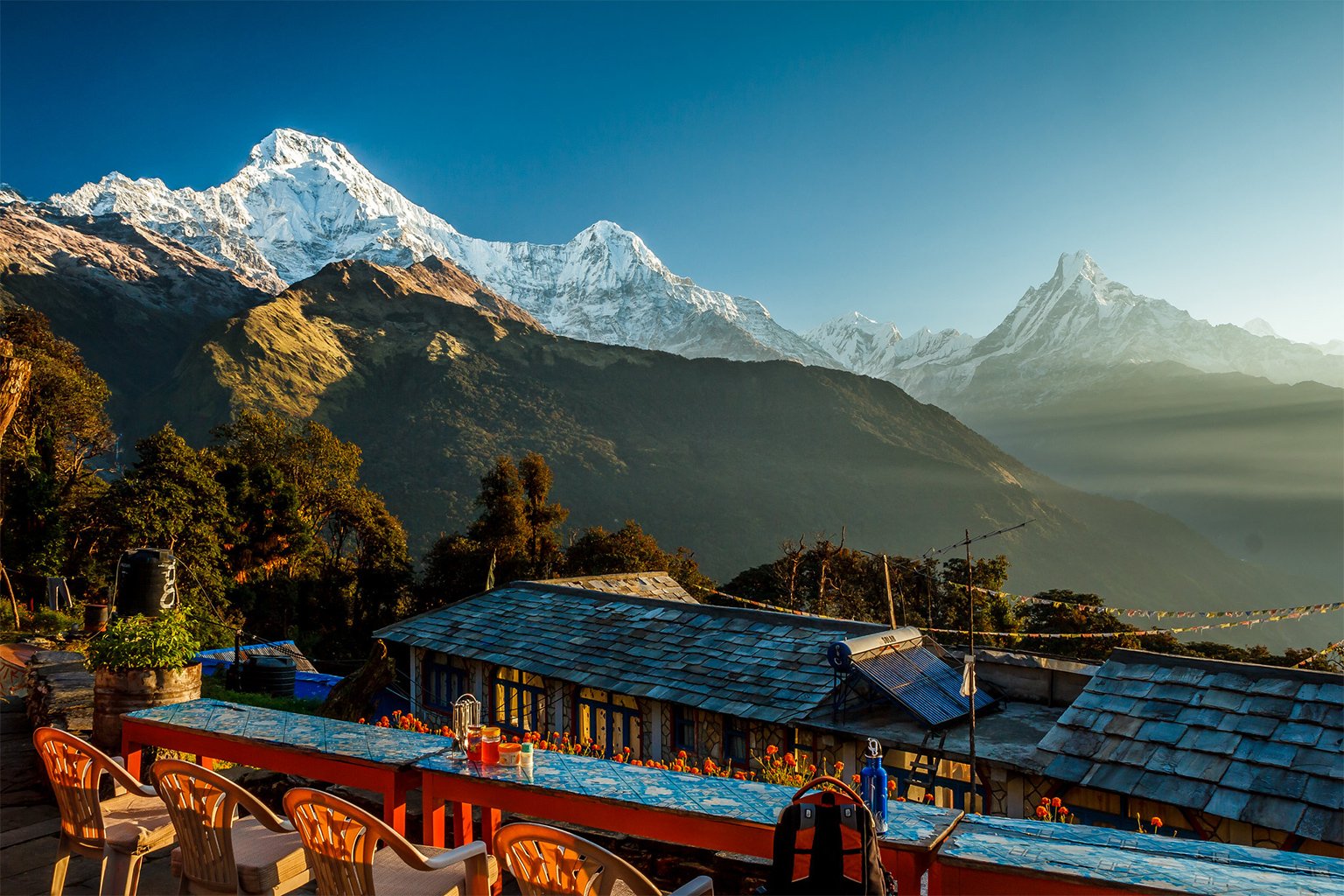
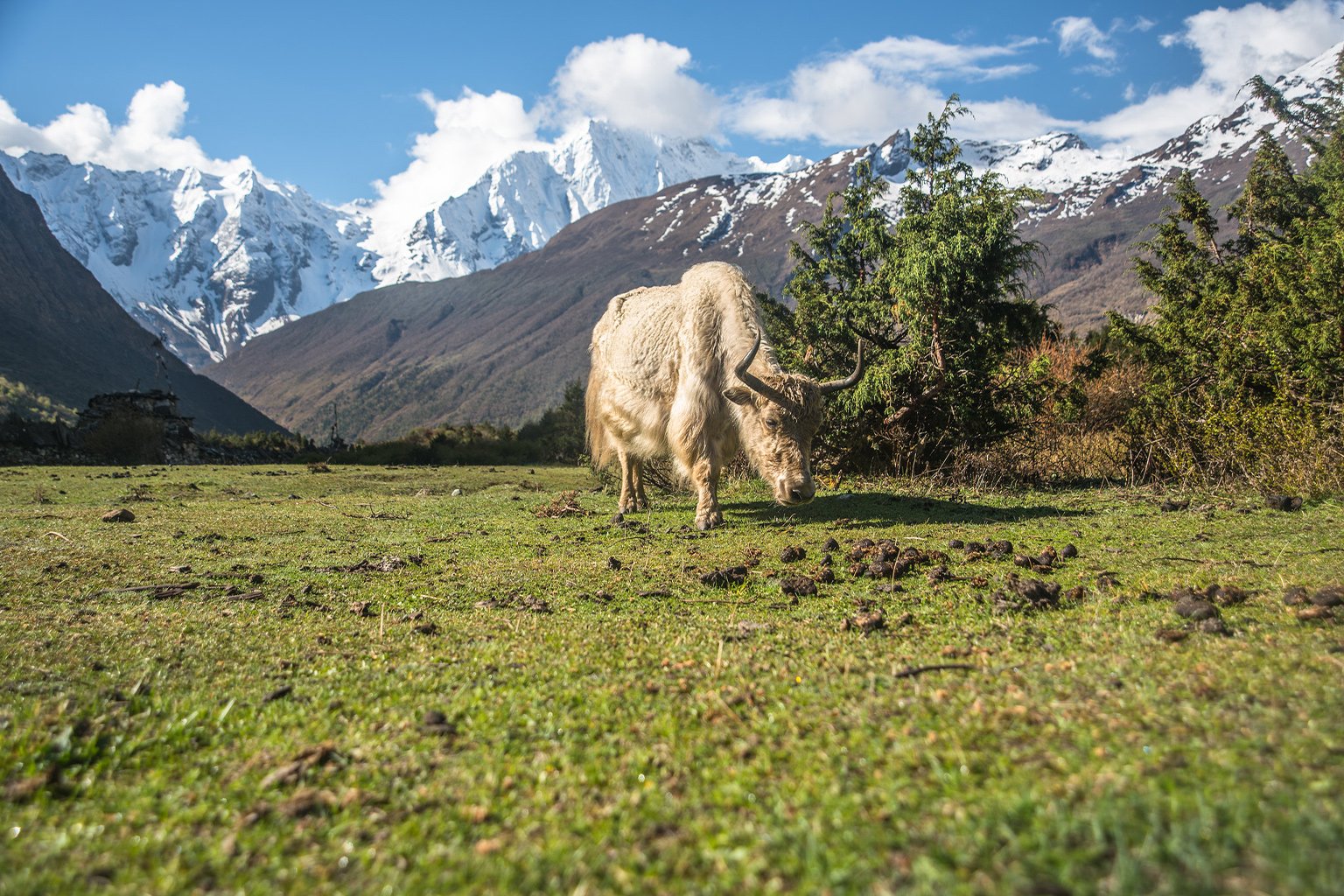
Mongabay: As an organization dependent on fundraising, how did the COVID-19 pandemic and the current global slowdown affect your work?
Sharad Chandra Adhikary: COVID-19 did impact our finances a lot. We had to downsize our budget and our staffers had to work on half pay for at least a year. But we also launched some successful programs to ensure the financial sustainability of our projects. For example, in the case of Central Zoo, we introduced the “Adopt an Animal�? program under which people donated money to the zoo for adopting an animal. We found someone who agreed to pay for the upkeep of two chimpanzees we received recently for their entire lifespan. The same campaign helped build a house for them.
Things have become better these days thanks to the generous support from our donors and well-wishers.
Banner image: A greater one-horned rhino and her calf in Nepal. Image by Pallavi Dhakal/ WWF Nepal via Flickr (CC BY-NC 2.0).
Related reading:
Nepal’s wild yaks ‘need more conservation than research’: Q&A with Naresh Kusi
Feedback: Use this form to send a message to the author of this post. If you want to post a public comment, you can do that at the bottom of the page.












